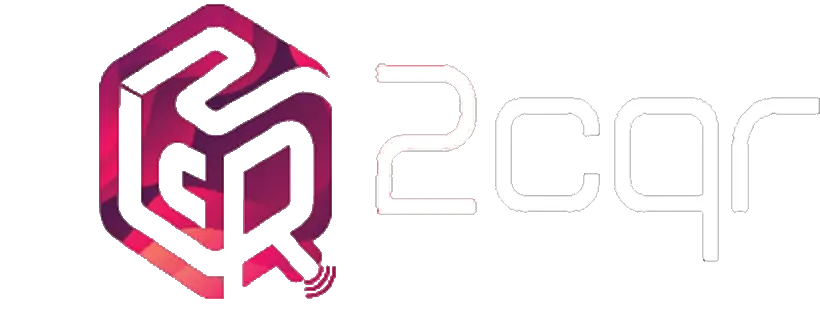2CQR's Role in RFID for Textile
2CQR plays a crucial role in implementing RFID technology for the textile industry. With their RFID tags and readers, they enable the recognition and tracking of textiles and garments. By incorporating these tags into fabrics or clothes, they store and transmit essential data, including unique identifiers and manufacturing details. The tag's antenna receives signals from RFID readers when tagged textiles or clothes are in proximity, and the chip transmits the data to the reader. This data is then provided to a software system for analysis, allowing for enhanced textile management.

